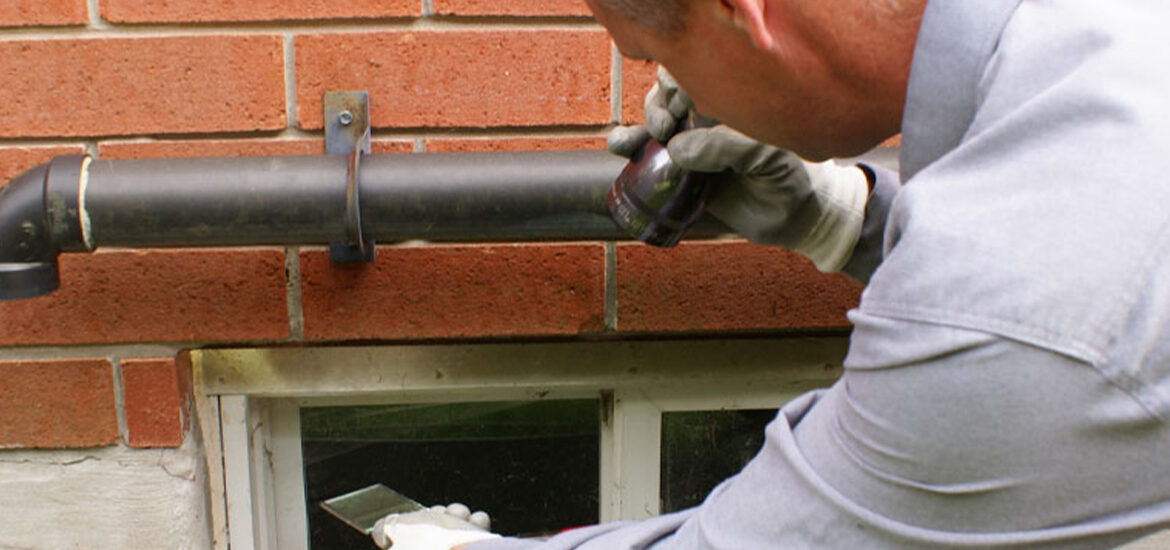Are you dealing with a rodent problem in Kitchener? Wondering if you can have mice and rats at the same time? If you suspect unwanted visitors in your home, you most likely have lots of questions. Our skilled technicians at Skedaddle Humane Wildlife Control Kitchener can not only answer your questions, but safely and humanely remove rodents from your home or business.
While rats and mice may seem alike and leave a similar trail, there are some important distinctions between these unwelcome visitors. Continue reading to find out how you can tell the difference between the two, why you probably don’t have both mice and rats in your home and how Skedaddle offers humane wildlife control in Kitchener for any rodent or other wildlife issue.
Learn More About Mice
A mouse is smaller than a rat. The most common species is the house mouse, which weighs about ½ ounce and has a light brown body and dark tail. They prefer to eat grains and plants but will venture into a home, acquire a taste for garbage and food scraps and set up a nest. Mice can be found in any house, but they are more common in small or rural residences.
Mice are more curious than rats. These investigative rodents will scope out new territory, meals and objects. This makes it easy to set a live trap for a mouse since they will be naturally curious about the new arrival.
Learn All About Rats
Rats are larger than mice. These rodents can weigh between 7 and 11 ounces and typically have darker colouring than mice. Whether you have roof rats or Norway rats, these large rodents are more cautious than mice. A live trap set for a rat will have to be set for a significant amount of time before a wary rat will explore the area around it.
They require more food, water and shelter than their smaller cousins. Rats only need a 1/2-inch hole to enter a building and are strong enough swimmers to enter through drains or toilets. If you live in an area that is prone to rat infestations, ask a wildlife control expert about rat flaps and other humane, prevention strategies. For example, homes that have their own septic tank are less likely to have a rat problem.
Look for droppings, tracks, gnaw marks and signs of burrows. Once you’ve found evidence of rats, you’ll need to use a different strategy than you would for mice. Rats require much larger traps and where they are set matters. For instance, Norway rats tend to stay in basements and lower levels of homes while roof rats usually keep to the upper floors.
When it comes to mice or rats invading your home or business, many people assume that setting traps is the best solution. However, eliminating these unwanted guests is not always as simple as it seems. In fact, attempting to handle the problem on your own can often lead to more frustration and wasted time. That’s where Skedaddle comes in. Our team of professionals are trained to handle the humane removal of mice and rats, ensuring that your home or business is free from any unwanted critters.
Can Rats And Mice Live Together?
Rats and mice are both very territorial. If you have a good habitat for both in your basement or attic, the rats will likely win the fight for survival. There are a few other factors that make it unlikely to see both a rat and a mouse in your house, such as diet. Only a very large supply of food and habitat can support both types of rodents.
Do Mice And Rats Get Along?
Another key reason why it is unlikely to have both rats and mice in your home at the same time has to do with odour. Both mice and rats have a unique odour, but mice are scared of rat odour because rats typically kill mice. Typically mice and rats just don’t get along, so it is unlikely you will ever encounter them together. It is actually more common that you may have two or more species of mice or rats in your home.
Throughout this article, we have answered the question, “Do mice and rats live together?” But what if you find signs of a rodent in your home? It can be tempting to try DIY removal, but these methods can be unsuccessful and dangerous for the rodents and your family.
You should never try to attempt to handle or remove any type of rodent on your own. Both mice and rats can spread diseases and pests such as fleas, ticks and lice. Take advantage of local expertise in humane wildlife removal to enjoy a healthy, safe home.
Work With Skedaddle for Humane Wildlife Control Kitchener
If you’re dealing with a pest infestation of rats or mice, you don’t have to suffer through it alone. Skedaddle Humane Wildlife Control provides top-notch removal services and humane removal strategies to ensure that these pesky rodents are safely removed from your home.
With thorough inspections and effective prevention strategies, you’ll be able to say goodbye to these furry friends for good. The team at Skedaddle Humane Wildlife Control understands the importance of keeping your home rodent-free and works tirelessly to provide you with the best solutions possible. Trust in our expertise to help you reclaim your space and live pest-free! Explore our rodent services to learn how to remove rodents from your home safely. We provide thorough inspections, humane removal and effective prevention strategies to keep these furry friends away from your home. Contact us today and schedule an inspection of your property.




